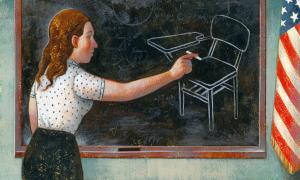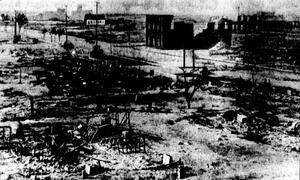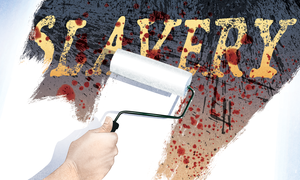text
Informational
Walking with the Wind
In this excerpt from his book, Walking with the Wind, John Lewis describes his involvement in the sit-ins in Nashville, Tenn., in the spring of 1960.
August 9, 2017



